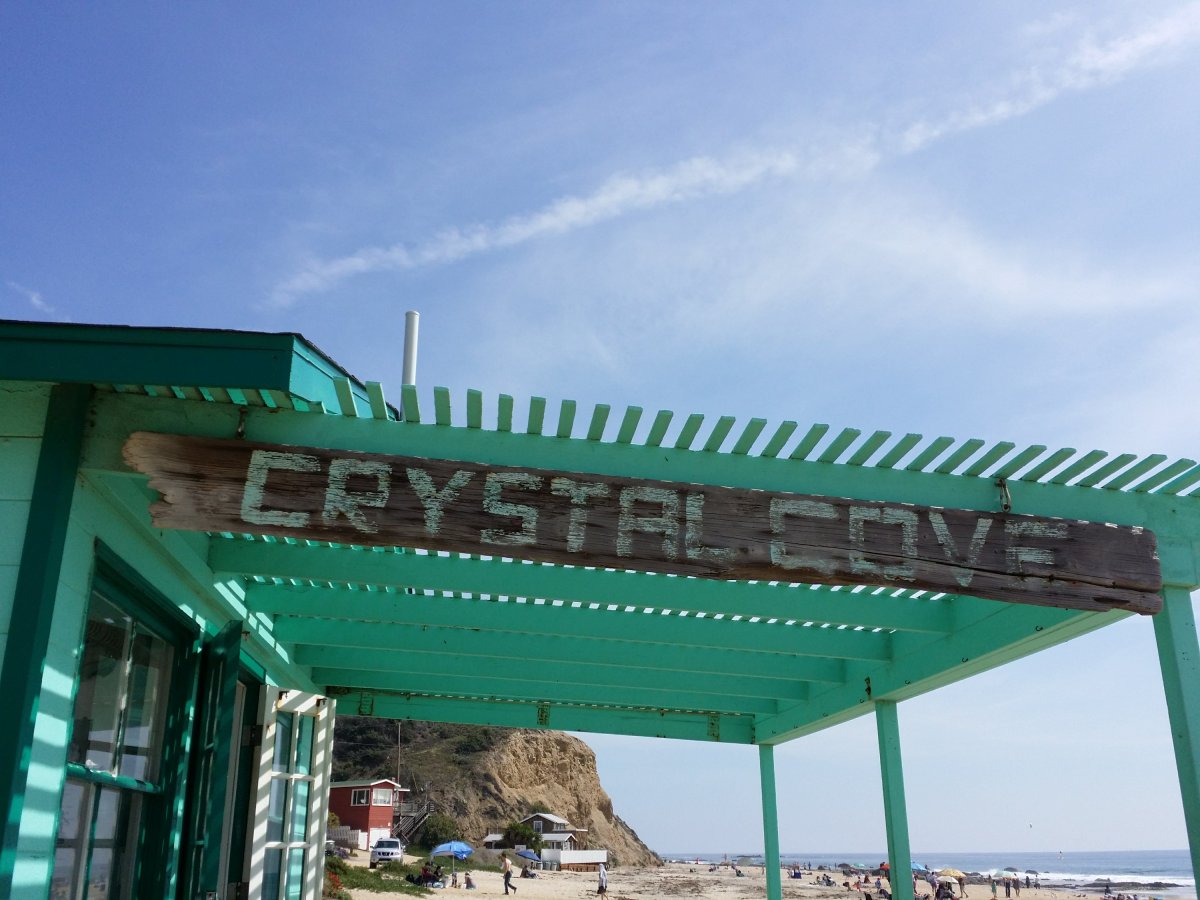Discover the message with the maritime alpha-numeric flag key.
16th Century
- 1542: Juan Rodríguez Cabrillo becomes the first European to explore the California coast, landing in what is now San Diego Bay. His journey establishes Spanish maritime claims to the region.
- 1579: Sir Francis Drake explores the northern California coast and claims it for England, naming the area “Nova Albion” (believed to be present-day Point Reyes).
17th Century
- 1602: Sebastián Vizcaíno charts the California coast and renames Cabrillo’s “San Miguel” Bay to San Diego Bay. His expedition produces more accurate maps for Spanish navigation.
18th Century
- 1769: The Spanish Portola Expedition establishes Mission San Diego de Alcalá and begins creating missions along the coast. This coincides with the creation of maritime routes for trade and supply between the missions and Spanish ports in Mexico.
- 1776: The Presidio of San Francisco is established, along with Mission San Francisco de Asís, becoming key to the Spanish control of California’s northern coastline.
19th Century
- 1821: Mexico gains independence from Spain, taking control of California. Maritime trade, particularly in hides and tallow, becomes a critical economic activity.
- 1835: Richard Henry Dana visits California aboard the brig Pilgrim, later documenting his experiences in his book Two Years Before the Mast (1840), which gives a detailed account of the hide and tallow trade along the California coast.
- 1846: The Bear Flag Revolt in Sonoma marks the beginning of American control over California. Soon after, the Mexican-American War (1846–1848) leads to the U.S. annexation of California.
- 1848: The Treaty of Guadalupe Hidalgo ends the Mexican-American War, with California becoming a U.S. territory. Gold is discovered at Sutter’s Mill, leading to the California Gold Rush (1848-1855), which attracts a massive influx of ships and people to San Francisco’s port.
- 1849: The Port of San Francisco becomes a bustling center of activity due to the Gold Rush. Thousands of ships bring settlers, supplies, and prospectors, transforming the city into a maritime hub.
20th Century
- 1901: The Los Angeles Harbor is developed, helping Los Angeles grow into a major commercial port.
- 1906: The Great San Francisco Earthquake devastates much of the city and port. The rebuilding process includes significant modernization of the port infrastructure.
- 1921: Naval Base San Diego is established, becoming a major naval installation. San Diego’s deep-water port plays a critical role in U.S. military strategy throughout the 20th century.
- 1929: California’s tuna fishing industry takes off, particularly in San Diego, which becomes known as the “Tuna Capital of the World.”
- 1934: The Port of Long Beach is formally established, becoming one of the largest ports in the world and a key center for Pacific shipping.
- 1940s: During World War II, California’s shipyards in San Francisco, Los Angeles, and San Diego build thousands of ships, transforming the state into a major shipbuilding center. Ports are critical to military and wartime logistics.
- 1945: After WWII, California emerges as a major commercial and military maritime power, with its ports playing a critical role in global trade and naval operations.
Late 20th Century to Present
- 1965: The Port of Oakland opens its container terminal, becoming a pioneer in containerized shipping, which revolutionizes global trade logistics. Oakland becomes one of the most important ports on the U.S. West Coast.
- 1970s: The tuna fishing industry in San Diego begins to decline, impacted by changing regulations, environmental concerns, and international competition.
- 1990s: Maritime museums grow in popularity. Notable examples include the Maritime Museum of San Diego and the USS Midway Museum, preserving and celebrating California’s maritime history.
- 2000s–Present: California’s major ports (Los Angeles, Long Beach, Oakland) continue to be among the busiest in the world, handling a large volume of goods and being critical to U.S. trade with the Pacific Rim.


